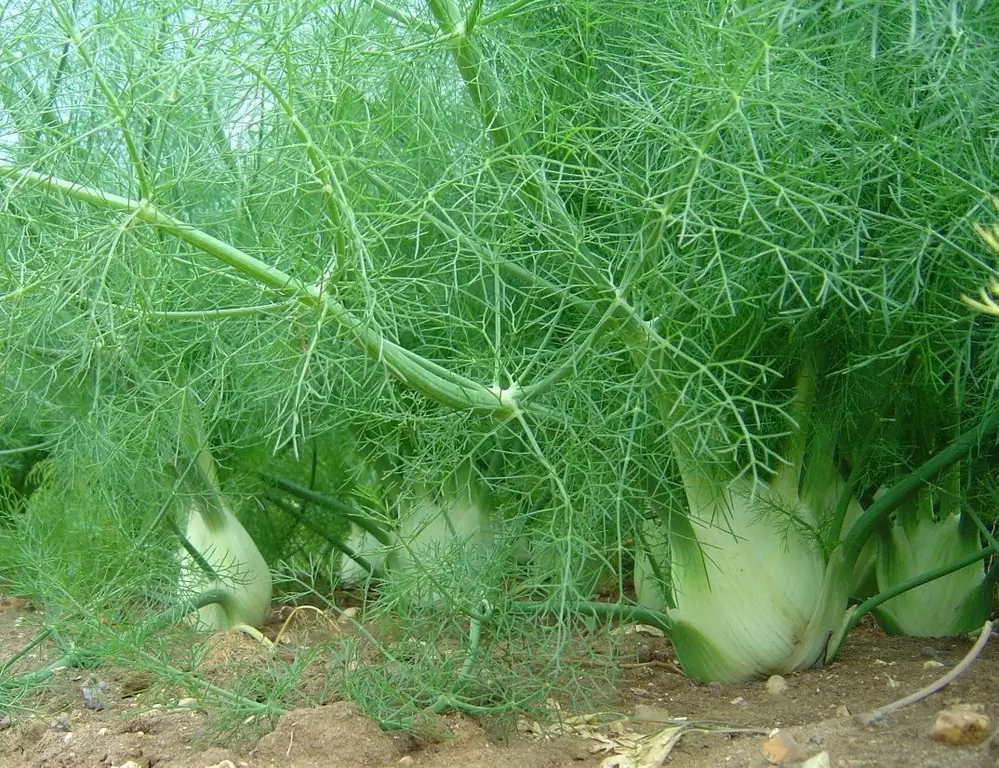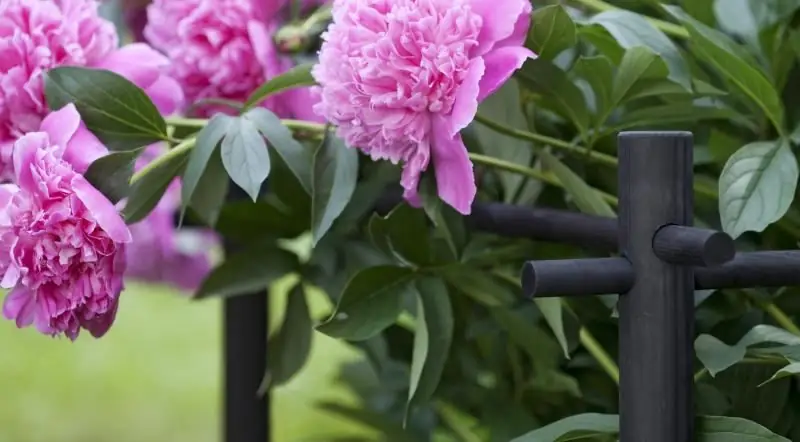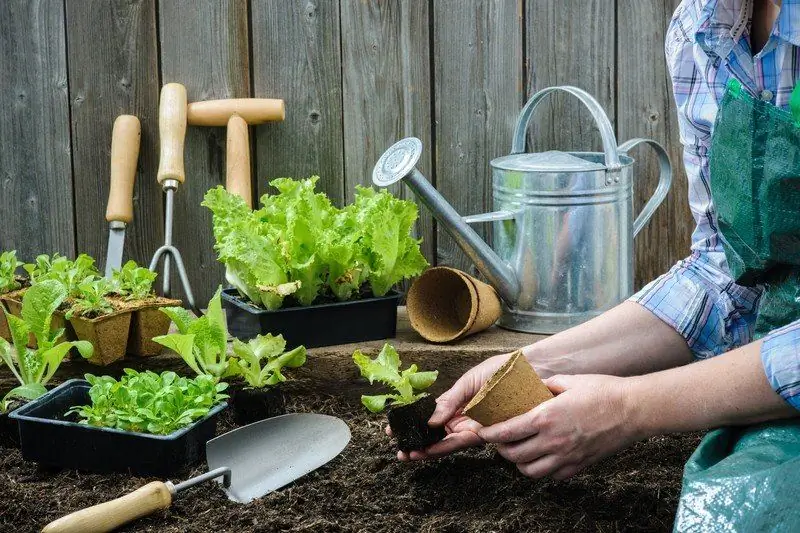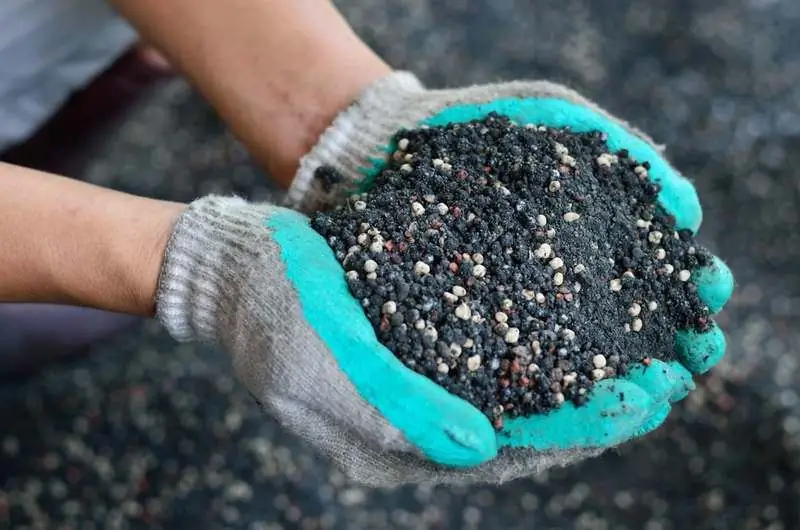
Table of contents:
- Author Bailey Albertson [email protected].
- Public 2023-12-17 12:53.
- Last modified 2025-01-23 12:41.
8 insects that are beneficial in the garden and vegetable garden

Beneficial insects in the garden help to destroy pests, thereby saving planted crops. Therefore, you do not need to get rid of them, but, on the contrary, attract them to your site.
Ground beetle larvae

The benefit of the ground beetle is that it cleans the garden of many pests - it finds clutches of eggs and destroys them along with the larvae and even adults. This applies to aphids, Colorado potato beetle, small snails and slugs. All these parasitic insects make up her daily diet. In the daytime, the ground beetle sleeps, and with the onset of dusk it gets out of its hiding place and looks for food.
Adults prefer to spend the winter in tree bark, under heaps of moss, straw, compost, peat, and even under stones. Therefore, in the fall, when cleaning the site, it is advisable to create a couple of such heaps for ground beetles. They will become secluded corners for them in the winter.
ladybug

The ladybug is valued by summer residents for destroying aphids, copperheads and scale insects in the garden. An adult eats about 150 insects every day, and voracious larvae eat 10 times more.
For this reason, small beetles are indispensable in any summer cottage, and especially in gardens. It is here that the aphids are truly rampant, eating the foliage of fruit trees.
The ladybug leaves the state of rest in April, feeds and breeds before the onset of cold weather, and then looks for a refuge. You can attract her to your site by creating special houses. For this, any box or box and a bunch of large dry stems, which are sprinkled with sawdust or straw, are suitable.
Hoverfly larvae

An equally useful insect is the hoverfly. Due to its black and yellow abdomen, it resembles a bee or a wasp in appearance, but moves in a completely different way, and when it hangs in the air, it makes a sound similar to the murmur of a stream.
Hoverfly larvae feast on both parasitic insects and plant food. Unlike adult insects, they are the most useful in the summer cottage. The larvae are able to cleanse plants of pests such as beetles and aphids.
Gluttonous hoverflies actively grow and develop, in the process of growth they need a lot of food. Every day they are able to eat up to two hundred adult aphids.
Attracting hover flies to the site is not difficult. During the flowering period of garden crops such as tomatoes and cucumbers, insects themselves flock to collect nectar and pollinate plants. By planting fragrant flowers next to vegetable beds, you can only increase the interest of insects in your garden.
Common earwig

Often, out of ignorance, novice farmers confuse an earwig with a pest and eliminate it by treating the garden with chemicals. And all because of the creepy appearance of this insect.
The earwig can hardly be called the most useful insect in the garden. Indeed, during active reproduction, it spoils the fruits of cultivated plants. And when pests are destroyed, for example, dahlia woodlice, the earwig can damage the young shoots of flowers.
But she copes well with the invasion of spider mites and aphids. The earwig goes out in search of food after sunset. In one night, a small group of these insects is able to completely clear a garden of vegetable bushes from a horde of aphids.
Aphid lion

Another useful assistant in the country in the fight against aphids. Both adult insects and larvae feed on this malicious pest. In Russia, about 42 species of aphid lions are known, which belong to real retinoptera, like the lacewing. They are especially attracted by blossoming gardens and vegetable gardens.
The insect loves to spend winter time in straw. For this purpose, caring gardeners build compact houses, inside which they put dry grass, sawdust or straw.
Lacewing

Occasionally, a lacewing is mistakenly called a goldenwing because of its delicate greenish-yellow wings. The insect itself does not play a large role in protecting the garden and vegetable garden from pests.
But the larvae of the lacewing are real helpers in the struggle for the harvest. Each of them daily exterminates about 150 individuals of aphids, small ticks and worms. It should be noted that during the summer period, the offspring of the lacewing is hatched twice. And they are all in an active search for food for 3 weeks.
Insect larvae are very resourceful - they skillfully hide from ants, which are dangerous for them, by disguising themselves as aphids.
Riders

In appearance and color, wasps resemble small dark brown wasps. They have the ability to develop like parasites on almost all insect pests.
They help in the fight against larvae of flies, aphids and cabbage butterfly caterpillars, which is important for the gardener. Moreover, each female is able to kill up to 200 aphids.
With the help of a sharp sting, which pierces an insect in a split second, the rider lays eggs on the larva or in the body of the victim. After hatching, it completely "sucks" everything out of the host, because of which the body cracks, releasing the larvae outside. For living, the rider chooses umbrella plants: coriander, cumin, dill, etc.
Gallica

The insect, which looks like a tiny midge or mosquito with long legs, is better known as a pest. Larvae usually form in plant cells and create so-called galls. But there are also useful gall midges, feeding on more than 60 species of aphids. They completely paralyze the victim with their saliva, which contains powerful enzymes.
Adults wake up at the beginning of spring and are active mainly at night, and during the day they hide in cool places. To attract this insect, you do not need to create special conditions. The main thing is not to treat the area with "heavy" chemistry.
Recommended:
Growing Fennel From Seeds (including Vegetable Seeds) At Home And In The Garden + Photo And Video

Practical tips for growing fennel from seed. Fennel species, varieties suitable for growing in the middle lane
Fences For Garden Beds With Your Own Hands - How To Make A Fence For A Front Garden, Flower Garden Or Vegetable Garden, Step By Step Instructions With A Photo

Options for fences for a suburban area. Their pros and cons. How to install a holder for plastic bushes, a flower bed from bottles: step by step instructions. Video
What Can Be Planted In June In The Country: Plants For The Garden, Vegetable Garden And Flower Garden

Plants suitable for planting in the garden in June are greens, roots, other vegetables, flowers. What can be planted in open ground and in a greenhouse. Gardener's recommendations
Autumn Fertilizers For The Garden And Vegetable Garden: When To Apply And The Better To Feed The Soil

Why feed plants in the fall. Types of autumn fertilizers. Which are suitable for digging soil and feeding trees, shrubs and perennial flowers
Important Things In The Garden And Vegetable Garden In The Fall

Autumn work in the garden and garden, which should not be forgotten
